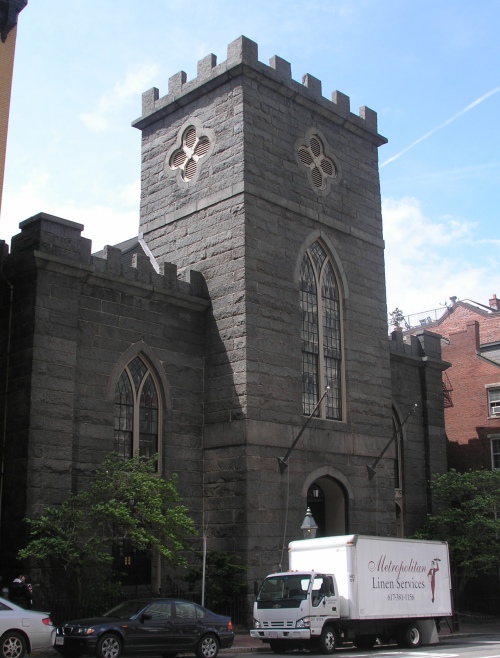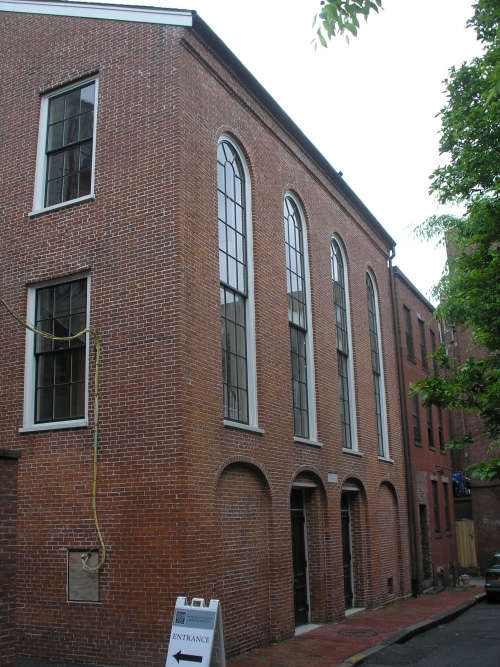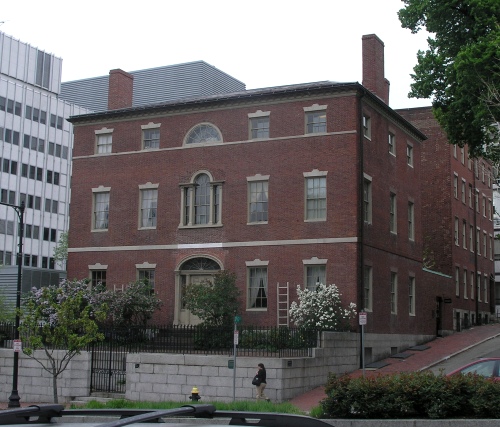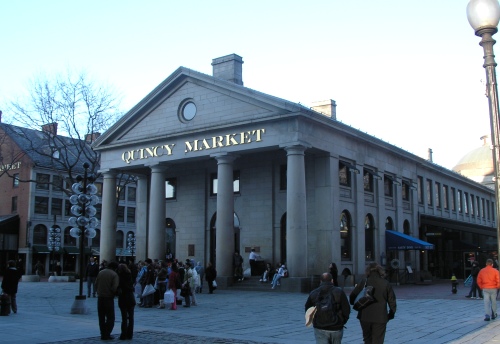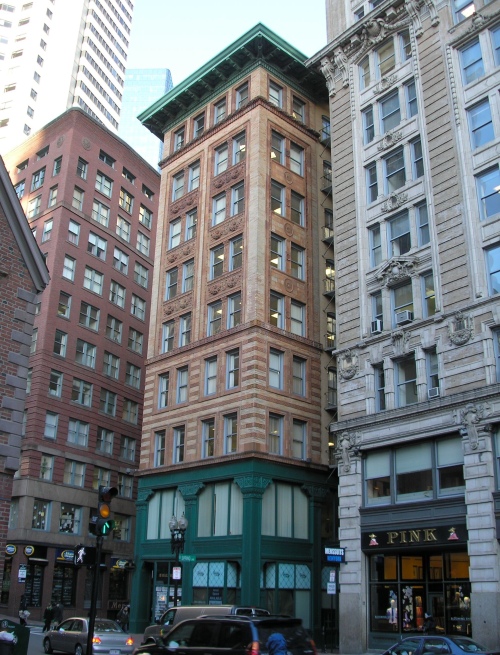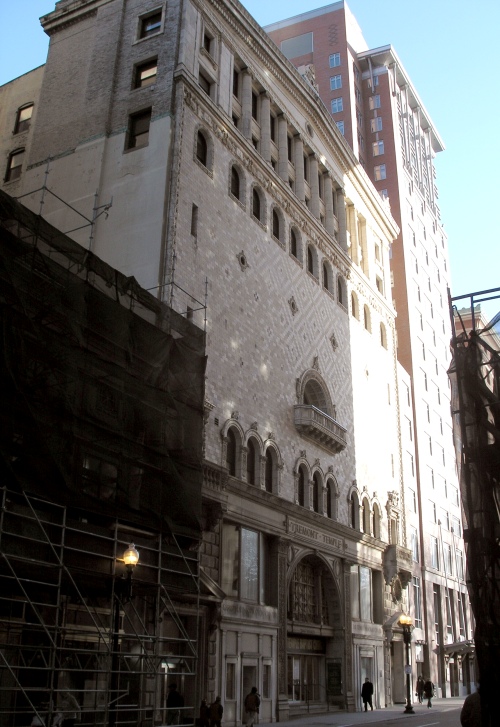The Tudor, Boston (1887)
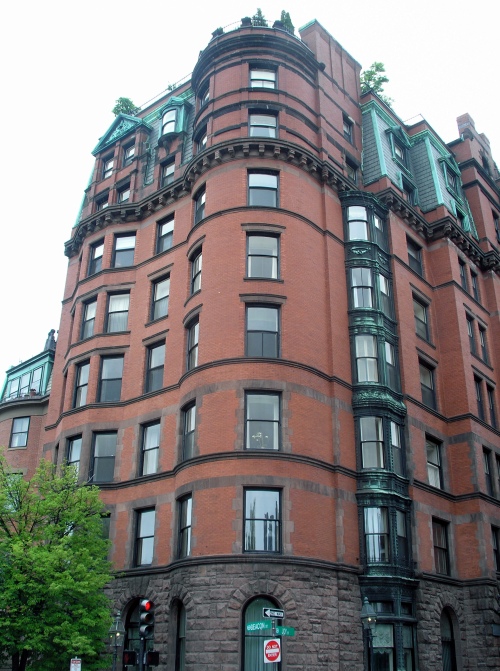
The Tudor Apartments, designed by S.J.F. Thayer and built in 1885-1887, are at 34½ Beacon Street at Joy Street in Boston. Construction of the nine-story building so close to the Massachusetts capitol led to a height restriction law for the area. The Queen Anne-style building combines a variety of architectural styles. The design makes particular advantage of natural light on the Joy Street side of the building. Built as an apartment hotel, for much of the twentieth century the Tudor housed both apartments and offices. In 1999, it was renovated and converted into seventeen exclusive luxury condominiums.
